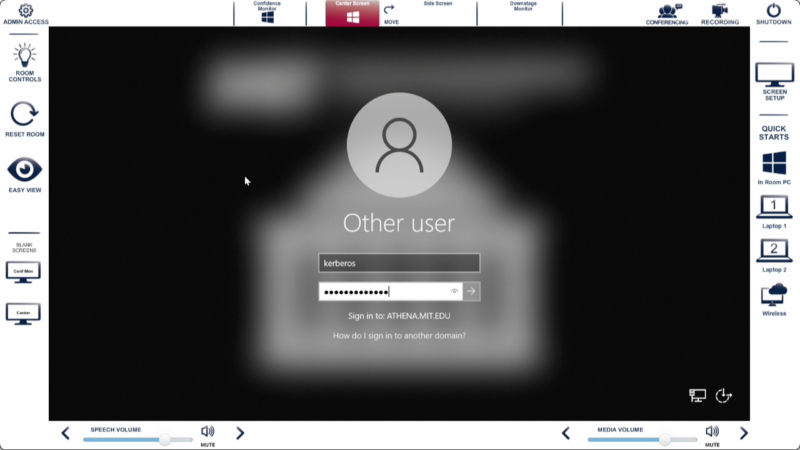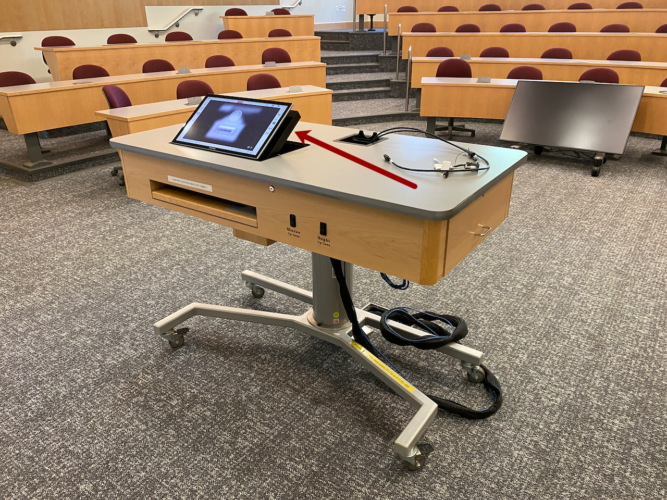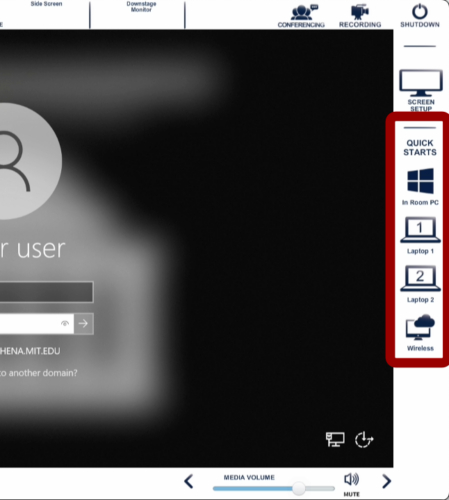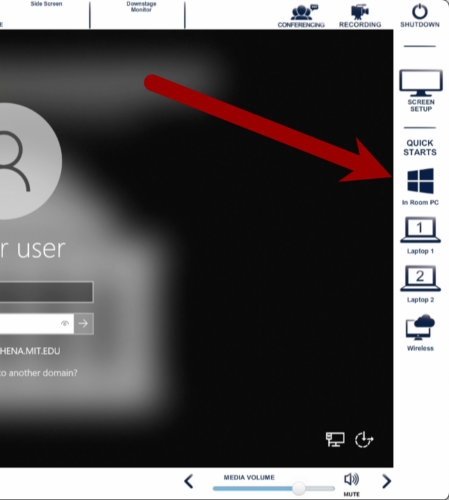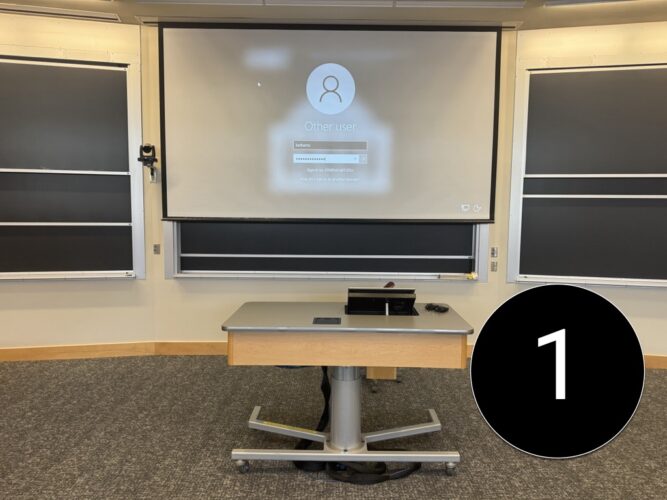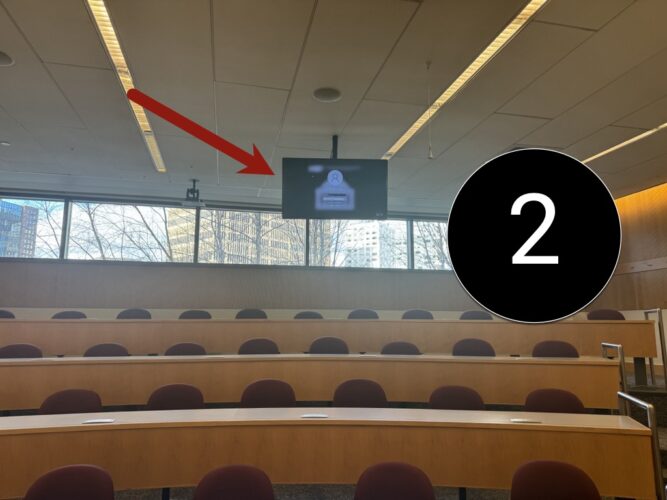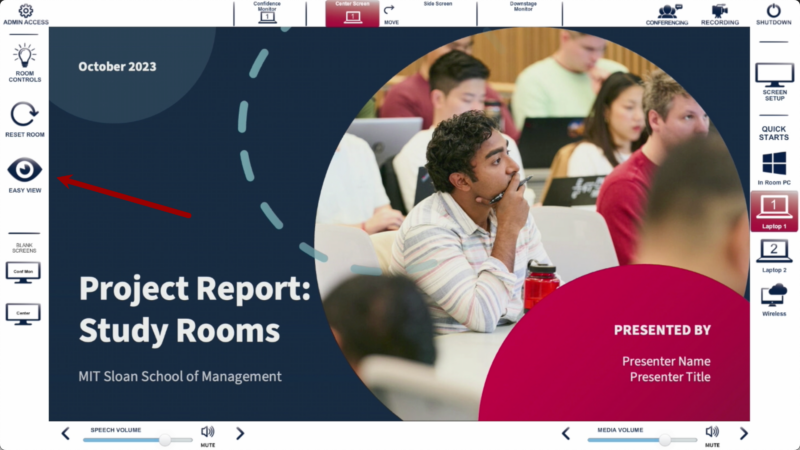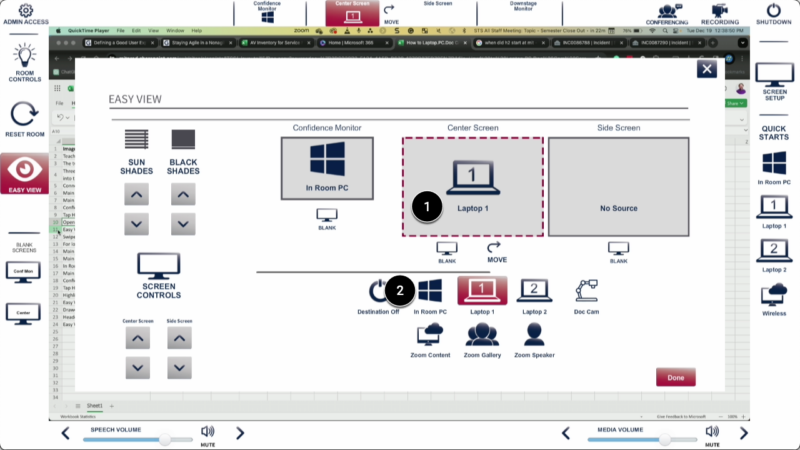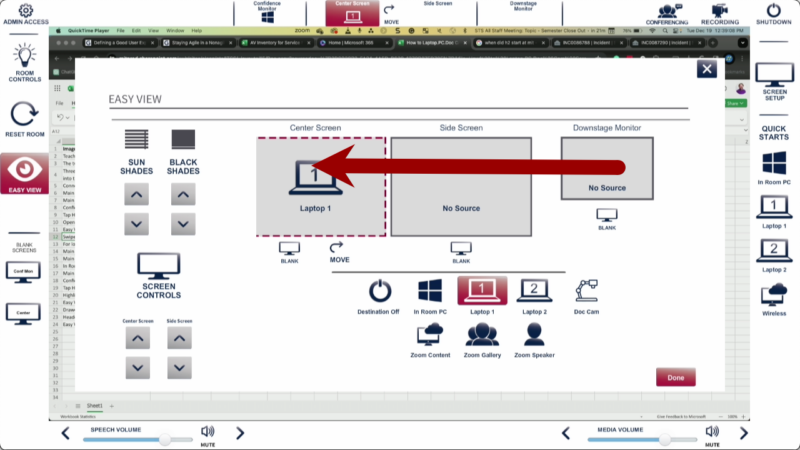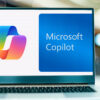SKIP AHEAD TO
At a Glance
MIT Sloan Classrooms with a Teaching Table have a Windows PC built-in. You can display the In Room PC on any classroom projector or monitor using the touch panel.
Bringing your own laptop can sometimes be a pain when you’re running around campus. Connecting to the PC in the room is simple. It is equipped with Microsoft Office and the Commonly Used Applications in the MIT Sloan Remote Lab.
In this guide, you’ll learn how to log in to the In Room PC and customize where your content is displayed using the touch panel.
Log in to the PC
- Locate the Teaching Table and Touch Panel in front of the room.
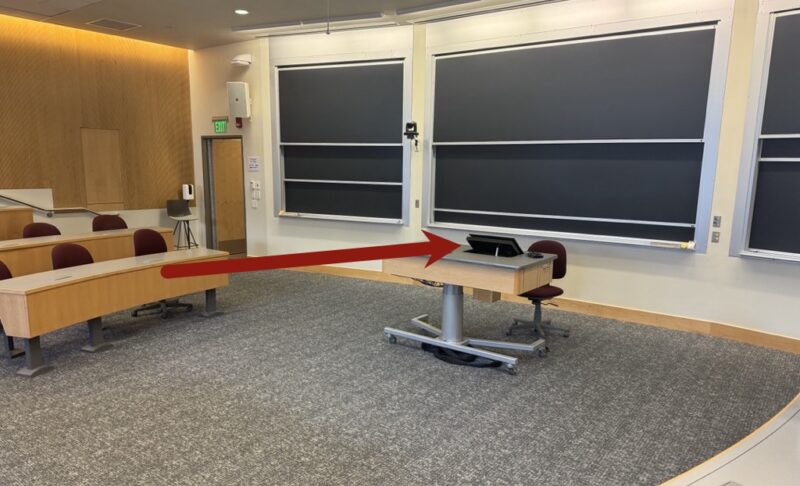
- Locate the keyboard and mouse.
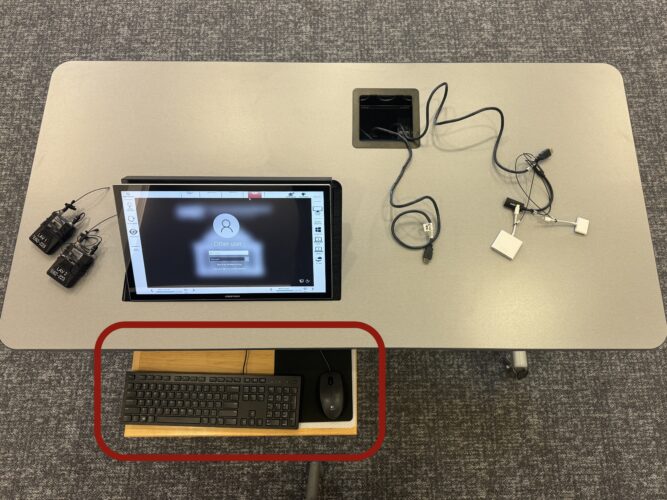
- If you don’t see the PC login screen on the touch panel, tap In Room PC on the right.
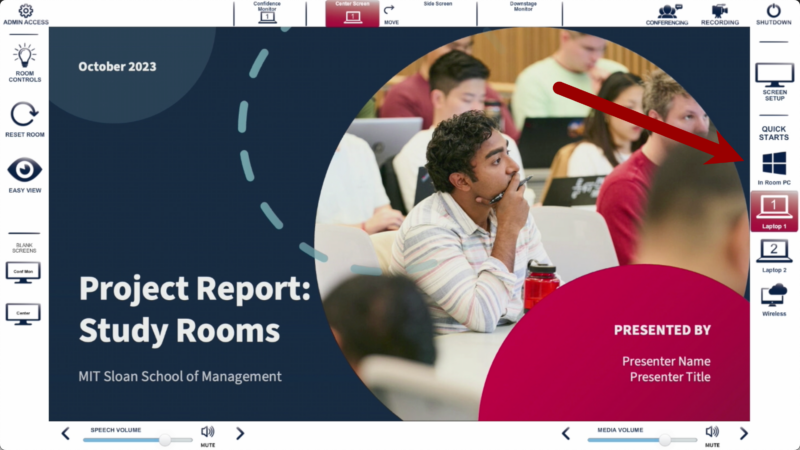
- Log in using your Kerberos credentials.
